A saddle in tune
A saddle in tune with actual knowledge.
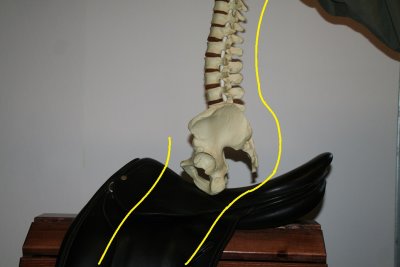
My impressions after riding Chazot for two weeks in the new Samba S is that it is an excellent saddle; the stability, the accuracy of the feeling, the refinement of the riding is superior. In a period where understanding physical intelligence opens a new degree of finesse, the thought that crossed my mind is that the new Samba S is the saddle in tune with actual knowledge. Why all the makers are going backward with thicker paddings and oversized thigh blocks, the new Samba S offers unequaled stability and precision. What I mean by precision is the accuracy and the purity of the feeling. The stability frees the relation between the horse and the rider from shifts and other saddle movements. The purity of the perception allows the practical application of actual knowledge. The body and the brain help each other, but the body functions at a higher level of sophistication, and the brain has to keep track of the entire body all at once. Human and equine meet at the level of harmonic tensegrity, which is the combination of two words, tension, and integrity.
Riding is an endless variation of muscle tone, a dialogue of subtle nuances that never fall in the extremes of relaxation or contraction. The brain maps all the body at once, and integrity is the key. Muscle tone might increase in one part of the body, but a muscle never works alone, and the whole body attunes. Efficiency is not how much the rider’s upper thigh resists, but how the entire physique adjusts. This is the fundamental evolution of equestrian art. It is no longer about assembling body parts; It is about nuances within the integrity of the rider’s physique dialoguing with the horse’s whole physique.
The seat does a lot more than placing the vertebral column at the vertical of the seat bones. The gluteus muscles and the muscles of the upper thighs set the tone for the whole body.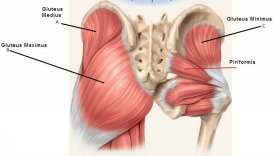

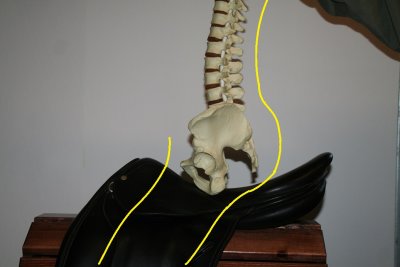
Direct stability is ensured by the gluteus system, abdominal and psoas muscles, front, middle, and back muscles of the upper thighs.
A sudden acceleration of the horse’s body for instance, will tend to shift the rider backward and will have to be resisted adjusting the tone of the gluteus system, as well as the back muscles of the upper thighs. 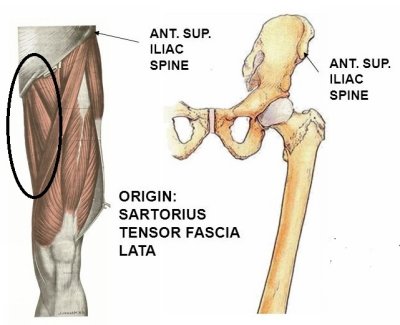 Compensation will be necessary from the abdominal and psoas muscles as well as the muscles in the middle and front part of the upper thighs. A lateral shift of the horse’s body would have to be resisted by the same muscular system but with greater intensity of some muscles such for instance, the middle muscles and front muscles of the upper thighs. The reactions are very fast, almost instantaneous. They occur at the level of body intelligence as the feedback correction system is too slow. The tone of the muscular system responsible for direct stability has to be adequate. Instantaneous reactions cannot occur from relaxed to tonic. They can only be subtle increase or decrease, form an initial tone. This is why we underline the importance of the saddle’s stability. Any shift of the saddle can fool the brain and physical intelligence.
Compensation will be necessary from the abdominal and psoas muscles as well as the muscles in the middle and front part of the upper thighs. A lateral shift of the horse’s body would have to be resisted by the same muscular system but with greater intensity of some muscles such for instance, the middle muscles and front muscles of the upper thighs. The reactions are very fast, almost instantaneous. They occur at the level of body intelligence as the feedback correction system is too slow. The tone of the muscular system responsible for direct stability has to be adequate. Instantaneous reactions cannot occur from relaxed to tonic. They can only be subtle increase or decrease, form an initial tone. This is why we underline the importance of the saddle’s stability. Any shift of the saddle can fool the brain and physical intelligence.
Talking about direct stability permits, for clarity, to focus on the muscles stabilizing the pelvis and upper thighs. However, stability involves the rider’s entire physique. The tone of the rider’s entire body, integrity, has to allow subtle and rapid variations. The horse’s functions under the same principle and maximizing the horse’s potential demands upgrading the equestrian art to the concept of harmonic tensegrity.
The new Macel Samba S, as well as the previous Samba (S) models, provide the basis for harmonic tensegrity. The seat allows the rider to place the seat bones in the middle of the saddle, by contrast to the deep seat high cantle saddles, which place the rider’s seat bone further back.
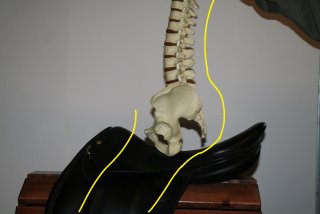
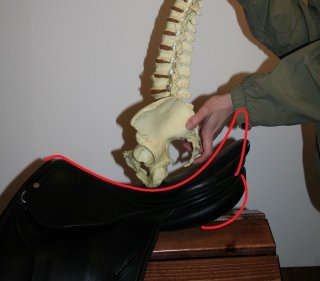
The tone of the gluteus system, upper thighs muscles, psoas, abdominal muscles influences the tone of the rider’s entire muscular system. This is the reason why we do not advise deep seat, high cantle saddles. They, encourage slackness of the gluteus system and, consequently, improper tone of the whole body.
Jean Luc Cornille
In the next article, we will talk about the steadiness and effectiveness of the rider’s upper thighs.


 twitter
twitter facebook
facebook google
google pinterest
pinterest linkedin
linkedin